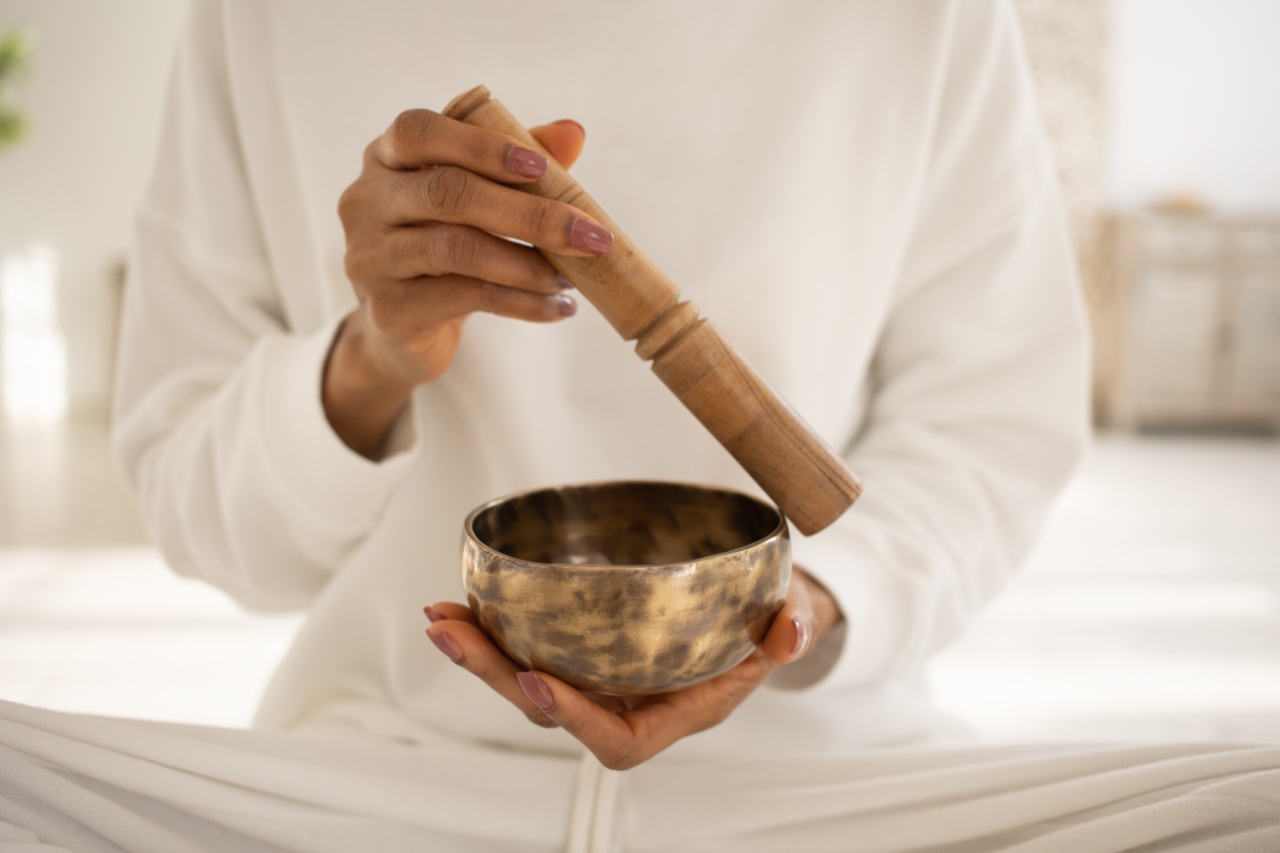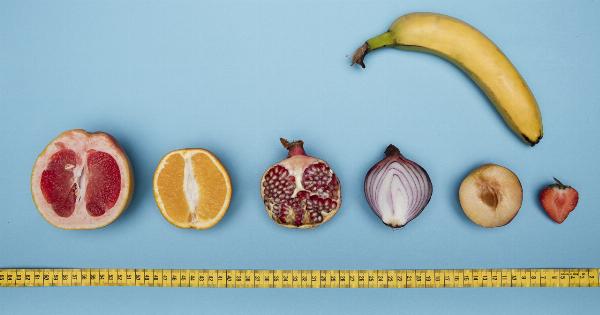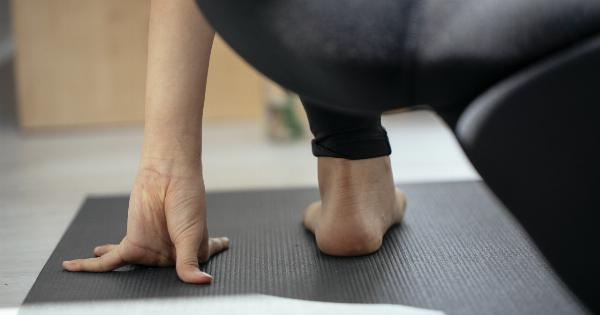Scoliosis is a medical condition characterized by an abnormal curvature of the spine. It can affect people of all ages, although it typically develops during childhood or adolescence.
The exact cause of scoliosis is often unknown, but it can be attributed to factors such as genetic predisposition, muscle imbalances, and neuromuscular conditions.
The Role of Yoga Therapy in Managing Scoliosis
Yoga therapy offers a holistic approach to managing scoliosis by addressing both the physical and emotional aspects of this condition.
Regular practice of specific yoga asanas, pranayama (breathing exercises), and meditation can help strengthen the muscles, improve flexibility, correct postural imbalances, and promote a sense of well-being.
Asanas for Scoliosis
1. Mountain Pose (Tadasana): This foundational pose helps improve posture by aligning the spine and strengthening the legs and core.
2. Forward Fold (Uttanasana): Stretches the hamstrings, calves, and back muscles, reducing tension and promoting spinal elongation.
3. Triangle Pose (Trikonasana): Strengthens the legs, stretches the sides of the torso, and promotes spinal alignment.
4. Extended Triangle Pose (Utthita Trikonasana): Similar to Triangle Pose, this asana opens the chest and strengthens the legs while lengthening the spine.
5. Child’s Pose (Balasana): Provides a gentle stretch to the spine, hips, and thighs, promoting relaxation and releasing tension.
6. Bridge Pose (Setu Bandhasana): Strengthens the back, glutes, and legs while opening the chest and shoulders.
7. Seated Forward Bend (Paschimottanasana): Stretches the entire posterior chain, including the spine, hamstrings, and calves.
8. Cat-Cow Pose (Marjaryasana-Bitilasana): Promotes spinal mobility, stretches the back, and massages the abdominal organs.
9. Half Lord of the Fishes Pose (Ardha Matsyendrasana): Increases spinal rotation, stretches the muscles along the spine, and improves digestion.
10. Corpse Pose (Savasana): Allows for complete relaxation, calms the mind, and integrates the benefits of the practice.
Pranayama for Scoliosis
Pranayama, or yogic breathing exercises, can be beneficial for individuals with scoliosis. Deep, diaphragmatic breathing helps release tension, improve lung capacity, and increase body awareness.
Meditation and Mindfulness
Meditation and mindfulness practices can aid in managing the emotional and psychological aspects associated with scoliosis.
By cultivating a sense of acceptance, gratitude, and self-compassion, individuals can develop a positive mindset and reduce stress and anxiety.
Consulting a Qualified Yoga Therapist
While yoga therapy offers numerous benefits for individuals with scoliosis, it is essential to consult a qualified yoga therapist or instructor who specializes in working with scoliotic conditions.
They can provide individualized guidance, modifications, and adjustments tailored to each person’s unique needs and limitations.
Conclusion
Yoga therapy can be a valuable adjunctive therapy for individuals with scoliosis.
Its emphasis on physical alignment, muscular balance, deep breathing, and mindfulness can help manage pain, improve postural imbalances, enhance overall well-being, and empower individuals to live a more fulfilling life, regardless of their scoliotic condition.





























